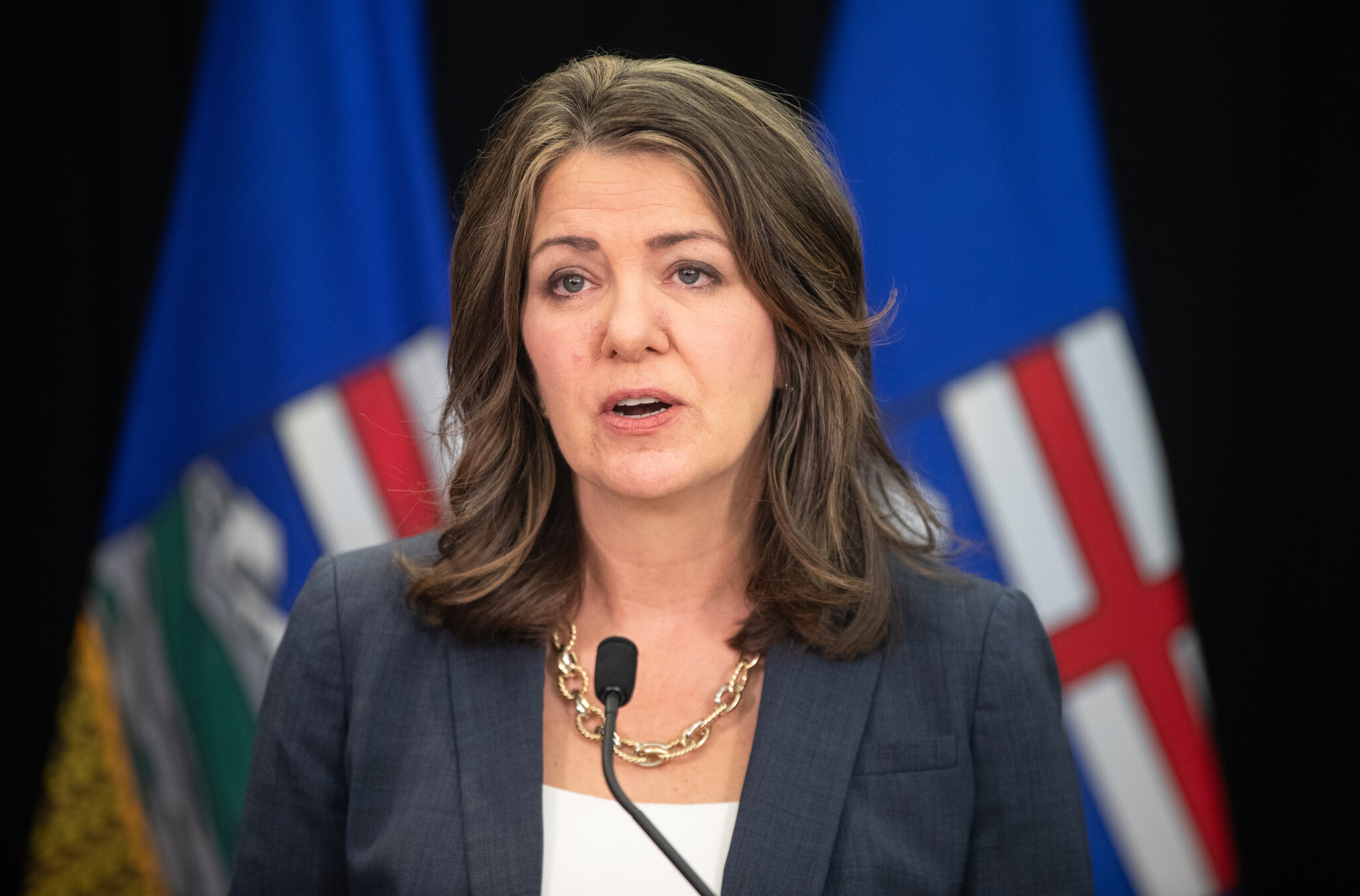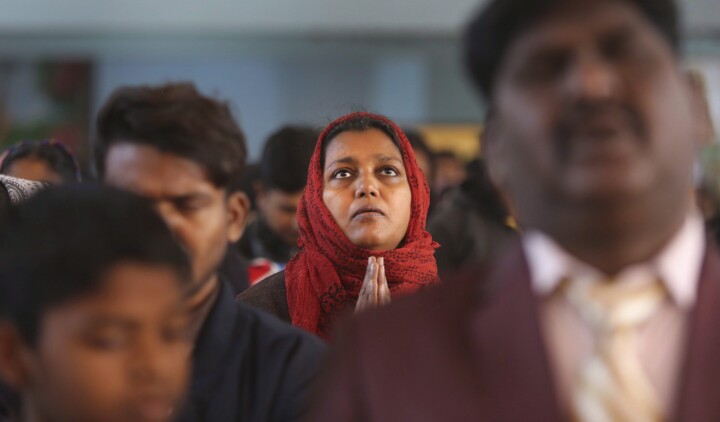This fall, Alberta Premier Danielle Smith will be facing her fourth test from voters over her leadership in just two years.
In October 2022, Smith won the leadership race of the United Conservative Party. Since then, she has put together a decisive byelection win in her riding of Brooks-Medicine Hat and lifted the party to a majority victory despite a wave of skepticism driven by months of challenging polling headwinds. Now she is facing a leadership review mandated by the party by-laws, to be conducted by UCP members who are willing to pay the bills to attend and travel to the party’s annual general meeting (AGM) in Red Deer.
No one can accuse the UCP or Alberta of not giving deference to voters or making regular check-ins with them a priority.
Conservative members that show up to vote at these AGMs in Alberta have a long tradition of giving their leaders a hard time and placing them under the glaring lens of scrutiny no matter their record of electoral success. Making things more complicated for the premier and her team is the fact that those with an axe to grind or with a single policy grievance tend to be more motivated to come out than those who are generally satisfied with the direction of the party.
We can see that pattern tracking in the recent history of leadership reviews for conservative premiers.
Premier Jason Kenney had a well-documented and dramatic leadership review process where he was able to muster the needed 50 percent-plus-one majority support but chose to step aside for the sake of party unity.
In prior iterations of the party, Premiers Alison Redford and Ed Stelmach received a more than respectable 77 percent after giving their parties decisive electoral wins, but they were both later destabilized by their own caucus revolts.
And Premier Ralph Klein famously stepped aside with a surprising 55 percent at his leadership review after stating his desire for 75 percent to keep pressing forward—this despite a now mythical period of leadership that conservatives look back at with collective fondness.
With that history in mind, Albertans shouldn’t be under the illusion that this is a rubber-stamping exercise by party members—the politics of these leadership votes are complex and hardly ever clearly represent the broader view of party members or conservative supporters in the province.








